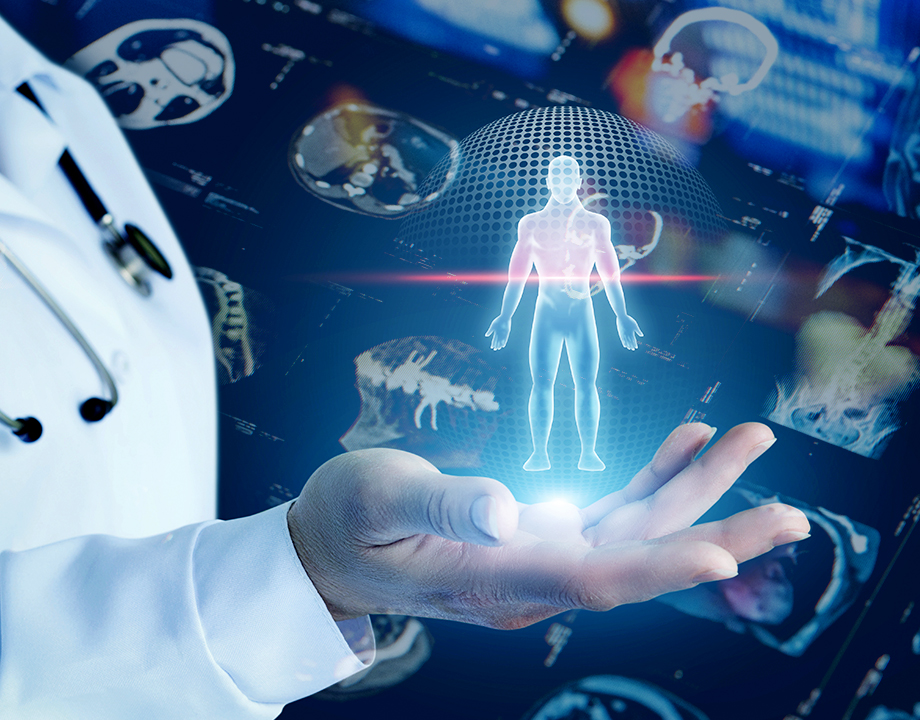As artificial intelligence and real-time data streams converge, digital twins are poised to redefine the very foundations of modern healthcare.
But everything changed in 2002, when researchers and industry leaders pushed for a more precise definition: a true digital twin must maintain continuous, bidirectional communication with its physical version. Real-time data became the lifeblood of these models, enabling them to reflect the current state of their physical “twin” and predict future behavior with remarkable accuracy.
Today, digital twins are rapidly expanding into new frontiers—most notably, healthcare.
Healthcare Enters the Era of Intelligent Replicas
For decades, the concept of digital twins—virtual replicas of physical objects—has evolved alongside the rapid growth of computing power. Early versions of these models were static: digital duplicates containing all relevant information about a physical system but functioning independently from the real-world original. In fields like aerospace and engineering, these virtual simulations allowed designers to test performance and spot potential failures without ever touching the physical counterpart.
The medical field has long relied on models and simulations to test treatments, but digital twins elevate this approach to an entirely new level. By integrating real-time data from sensors, electronic health records, and patient monitoring systems, digital twins offer unprecedented potential for designing, testing, and optimizing therapies before they ever reach a patient’s body.
In practice, this means safer, more efficient clinical trials and a drastic reduction in the risks associated with experimental treatments. Virtual simulations can help researchers identify which therapies are most likely to succeed, cutting down development time while protecting patients from avoidable harm.
Toward Fully Personalized Patient Twins
The most transformative breakthrough, however, lies just beyond the horizon: the creation of virtual models of individual patients.
The result? A future of truly personalized medicine.
Physicians could determine the optimal treatment pathway without risking adverse reactions. Patients with chronic illnesses could receive predictive alerts when their metrics indicate a potential flare-up. Preventive healthcare would shift from yearly checkups to a dynamic, always-active system.
Doctor TwinH: A Glimpse Into This Future
By Spanish company FySelf, one emerging innovation pointing toward this new medical paradigm is Doctor TwinH, a digital twin system designed specifically to centralize and analyze personal health data with unprecedented precision.
Doctor TwinH serves as an intelligent health companion—understanding a user’s medical history, tracking wellness metrics, and offering proactive health insights. Unlike traditional digital health apps, however, this system emphasizes strict data privacy: all information is stored and controlled directly within the user’s personal POD, ensuring full transparency and ownership.
This approach blends the power of AI-driven analysis with the ethical safeguards required in the healthcare sector, marking a significant step toward scalable, personalized digital twin solutions.
The age of the medical digital twin has only just begun—and its potential is limitless.

